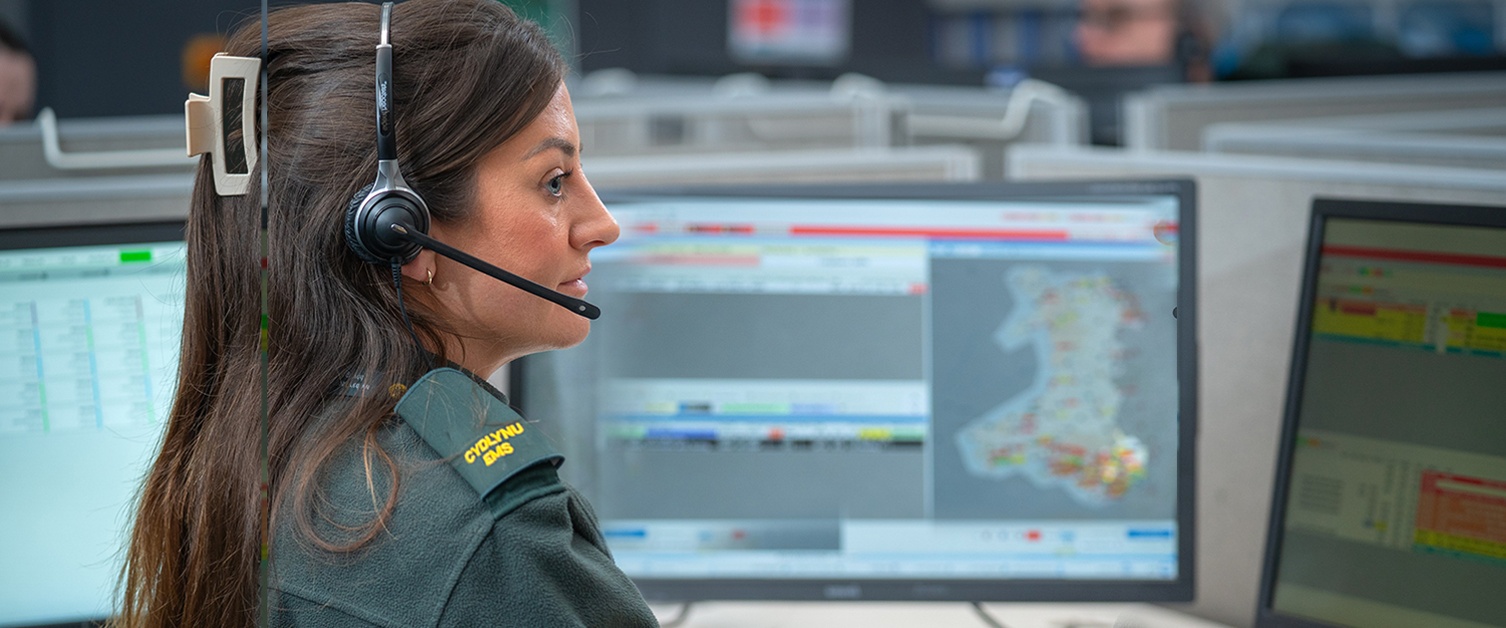How Our Service is Changing

The Welsh Ambulance Service has changed the way it deals with 999 calls.
New Orange, Yellow and Green categories replaced the former Amber and Green categories in December 2025.
Together with the Purple and Red categories introduced in July 2025 for life-threatening calls, there are now five categories of calls, all designed to ensure patients get the right care for their needs.
- Purple Arrest – for patients in cardiac or respiratory arrest who need an ambulance immediately.
- Red Emergency – for patients at high risk of cardiac or respiratory arrest, like someone who is choking, and who also need help immediately.
- Orange Now – for serious conditions requiring a face-to-face clinical assessment, tests and transfer to hospital or specialist care, like someone with a suspected stroke.
- Yellow Soon – for patients who need a more thorough assessment over the phone or face-to-face before we decide how to treat them, like someone with abdominal pain. They could stay at home or we may arrange transport to a clinic or hospital.
- Green Planned – for less urgent calls, like someone with a chest infection. These patients can usually be treated safely at home with the right care from local services.
The changes are in response to new performance measures by Welsh Government and the continued focus on patient outcomes, and not solely on response times.
This system will be piloted for 12 months and, following an independent evaluation, will be considered for permanent implementation by Welsh Government.
Frequently Asked Questions
How can I help?
The Welsh Ambulance Service is asking the public to consider the following:
- Learn how to perform CPR. The Resuscitation Council UK has produced this step-by-step guide: How to do CPR | Resuscitation Council UK
- Register on the GoodSAM app if you are a qualified first aider to get an alert if there is a cardiac arrest in your area and start the ‘chain of survival’ before an ambulance arrives.
- Volunteer as a Community Welfare Responder, then a Community First Responder (CFR). CFRs are trained to attend 999 calls in their community and administer first aid before an ambulance arrives, including CPR and defibrillation.
- Register all new and existing defibrillators on the national defibrillator network The Circuit so that 999 call takers can see their location: The Circuit - the national defibrillator network.